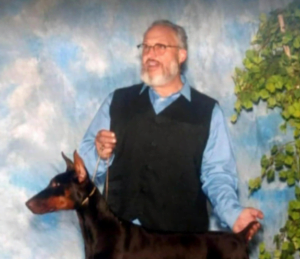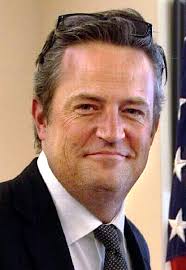Celine Dion Can Only Be Herself

“When a girl loves her shoes, she always makes them fit,” Dion says, imparting the wisdom of a true diva. “Every time I went to a store and I loved the shoes they said, ‘What size are you, ma’am?’ I said, ‘No, you don’t understand, what size do you have? I’ll make them work, I’ll make them fit.’”
It’s a hilarious moment, but it’s also bittersweet. Again, there is that sense of self-sacrifice — the insistence that even in the face of discomfort the show (and the shoe) must go on. As she walks among her old stage clothes, delighting in the minute details of craftsmanship, the joy Dion gets from performing is palpable, but so is the anxiety that she may never know that particular kind of release again.
“When you record, it sounds great,” Dion says in the film. “But when you are onstage, it will be greater.” What becomes clear — throughout many montages of Dion singing live, feeding off the energy of her audience — is that performing is her lifeblood, and the stage has always been the place where she can be her most quintessential self. And so she is putting the full force of her tenacity and self-discipline toward building her strength back, in hopes that she can someday return.
That is, however, a herculean task. Toward the end of the documentary, during a physical therapy session, Taylor’s cameras continue to roll while Dion experiences a severe attack of full-body spasms; her face is frozen in pain, her limbs stiffen and the only sounds she can make are awful moans. For an artist who has long valued the control she has over her body and the instrument of her voice, this level of candor is particularly striking.
Just as difficult to watch is the sequence that precedes it, which finds Dion in a recording studio struggling to sing the relatively muted ballad, “Love Again.” Her vocal cords constrict — she compares the spasms to an unseen hand choking her — and that once mighty voice comes out in a whisper. Ever the perfectionist, she winces listening to the playback.
In the film, Dion compares herself to an apple tree, proud of doling out the shiniest fruit for her fans. “I don’t want them to wait in line if I don’t have apples for them,” she says. She still does, though. Dion’s voice may no longer be the precise instrument she nurtured for decades, but “I Am: Celine Dion” shows that hitting those stratospheric high notes is not her only method of inspiration. There is strength, too, in sharing the bitter fruit of her struggles, and throughout them remaining gloriously, consistently herself.










